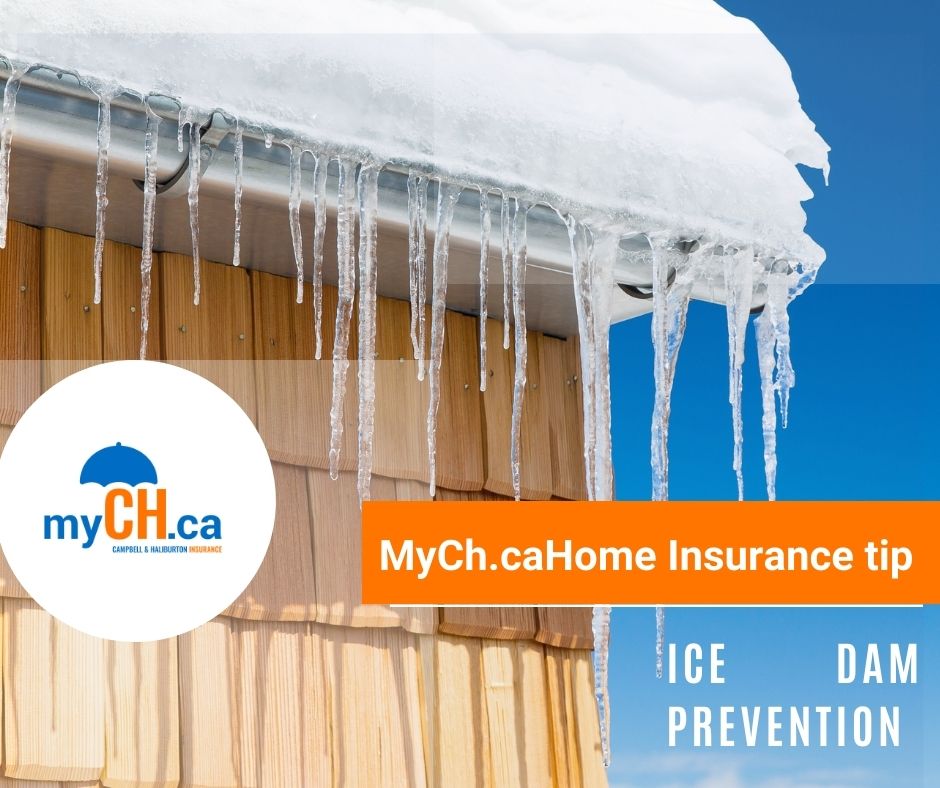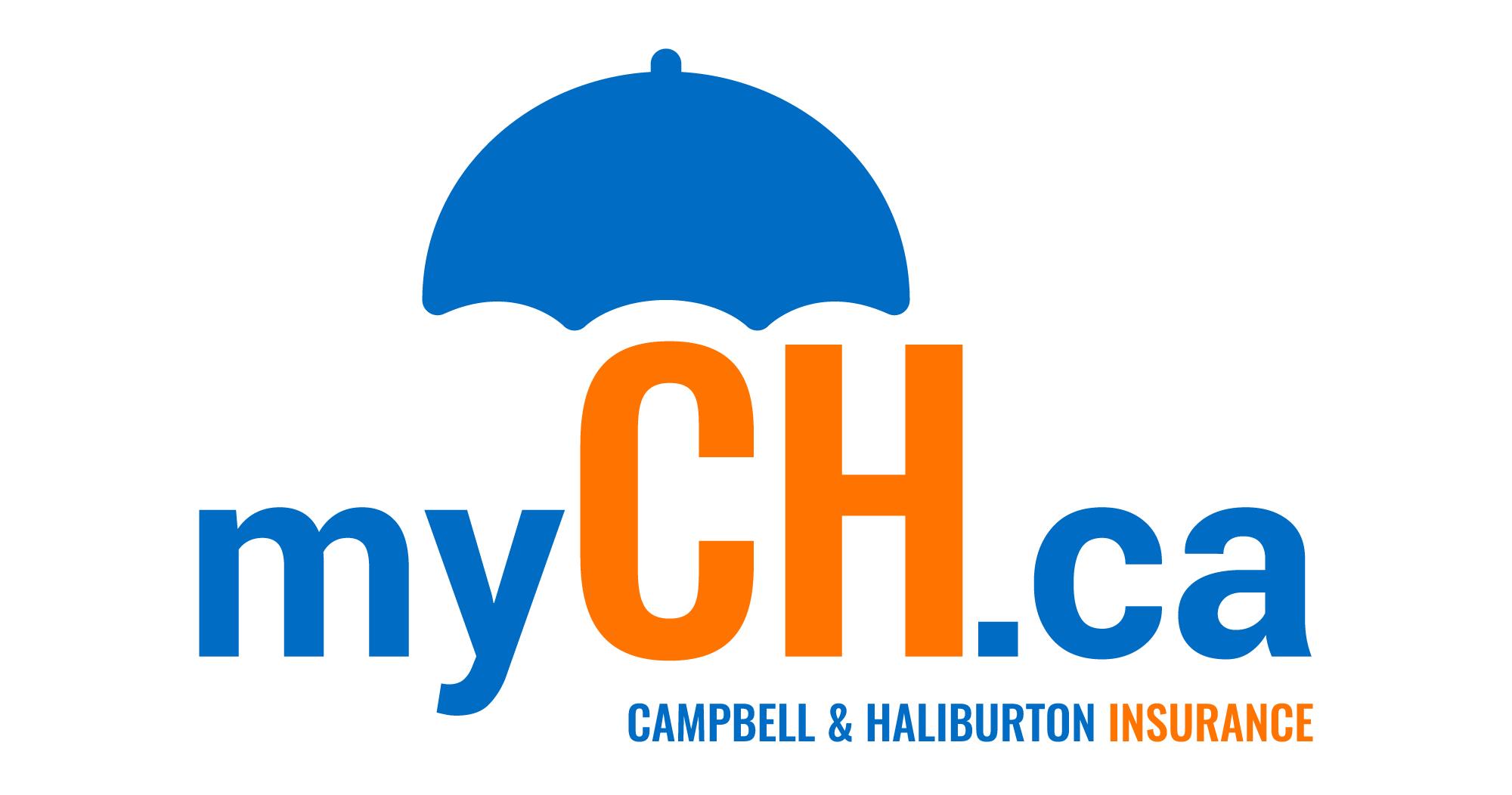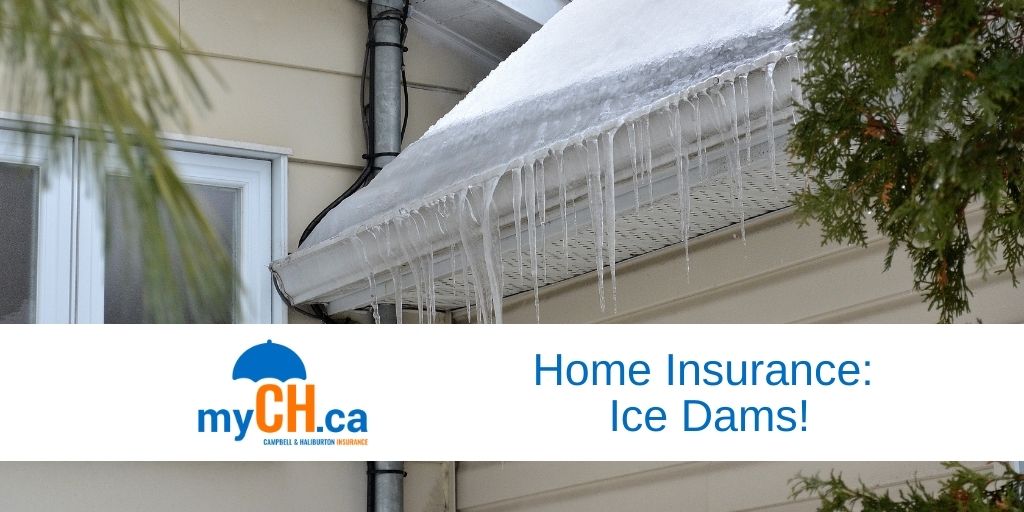Winter is here and as a homeowner, it’s important to check your property and commit to regular preventative maintenance. This will save you stress and money in the long term. In our latest Campbell & Halliburton Regina home insurance blog, we share important information from SGI regarding how to spot and prevent ice dams.
Spotting and Preventing Ice Dams
Tips and Information From SGI
Freeze, thaw, freeze, thaw. These are the ideal conditions to make an ice dam. Now, that’s something we know you don’t want. Ice dams will cause a lot of damage to the walls, ceiling and insulation of your home. They may even lead to mould.
With this weather cycle we’re currently experiencing, we’ve put together some information to help you prevent major ice dam problems in your home.
What’s An Ice Dam?
Ice dams are caused by on and off periods of melting and freezing. Snow becomes a layer of insulation on your roof, which warms up the air in your attic. Your warm attic then causes the snow to melt and roll down to the edge of the roof and the soffits. Unless the melted snow is able to drain properly, it will freeze and build up over time. This is what creates ice dams!
If ice dams spread up the roof, water will eventually work its way under your shingles and get into your attic. Then the water can seep into your insulation, causing it to fail. As a result, warm air from your home will rise into your attic. Unfortunately, this will make the ice dam grow.
Ice damming is a vicious cycle. If you don’t take care of it right away, it’s going to get worse. Over time, wet surfaces attract mould, which causes breathing problems. Further, it makes repairs much more expensive and labour intensive.

4 Tips To Prevent Ice Damming
- Keep the snow load down
You should always keep the snow load on your roof to a minimum. This will prevent it from causing an ice dam. However, we don’t recommend climbing on top of the roof yourself. Use a roof rake or hire a professional to clear away excess snow. Read SGI tips for using a roof rake. - Clear your gutters and downspouts
Melting snow and icy water need somewhere to go. Make sure to clean leaves out of your downspouts and gutters in the fall. Further, don’t forget to dispose of ice, snow and gunk regularly throughout the winter. Finally, break off any icicles that develop around the roof of your home! - Keep the air moving in your attic
Your attic needs good insulation and ventilation. Without it, the heat inside your home will leak into the attic. This will cause the snow on the roof to melt. We recommend bringing in a roofing contractor to make sure the airflow is working properly. - Make sure fans and venting are well sealed
Many homes have exhaust fans, air ducts, chimneys, attic hatches and pipes. Many of which are vented into the attic. They are designed to move air flow properly but if they aren’t sealed well, extra air can escape around them. We recommend getting into your attic and checking the seals. If they need help, you can fix them yourself or hire a professional to take care of it for you. Good seals will also save you money by keeping your house warmer and preventing your furnace from working as hard to heat it!
Campbell & Haliburton Home Insurance
As you walk out of our door, you can do so with the assurance that you are covered with the home insurance that best meets your needs. If you don’t have an insurance broker and want to talk to someone who is truly passionate about your insurance, contact us at Campbell & Haliburton Insurance. We would love to help you.
**(This is a general overview. There are many different insurance companies and there are always differences in insurance policies. For specific details on your policy and coverage, we recommend that you contact your agent or broker).

